Pteridophyta Characteristics:
Pteridophytes are seedless vascular plants characterized by the following characteristics-
- The plants are small-sized annual or perennials. Most of them are terrestrial plants and occurring in moist shady places over the soil, rocks, tree trunks etc. A few forms are able to tolerate xerically climates (example- Selaginella bryopteris). Some members are aquatic (for example- Marsilea, Salvinia, Azolla). Some are epiphytes also (for example- Ophiglossum pendulum, Selaginella Oregana).
- Plant body or sporophyte is the dominant phase.
- The plant body is differentiated into stem, leaves and roots.
- Plants may be dorsiventral or radial in symmetry and bear dichotomously or laterally branched stems.
- Leaves may be megaphyllous or microphyllous.
- The primary root is ephemeral. It is replaced by adventitious roots. In psilophytales (example- Psilotum), roots are absent. Instead, rhizoids are present.
- Vascular tissues i.e. xylem and phloem are present. Xylem lack vessels. In phloem, companion cells and sieve tubes are absent, but sieve cells are present.
- Meiospores are formed within sporangia. Sporangia-bearing leaves are called sporophylls.
- Pteridophytes are homosporous (example- Lycopodium, Dryopteris) or heterosporous (Azolla, Salvinia, Selaginella). In heterosporous forms, there are two types of spores, microspores and megaspores. Microspores produce male gametophytes while megaspores form female gametophytes.
- Sex organs are multicellular and jacketed. Archegonia remain embedded and the archegonial neck is made of four rows of cells.
- Sexual reproduction is of oogamous type.
- For fertilization, water is required.
- Sperms are flagellate. The embryo stage is present.
- Heteromorphic or heterologous alternation of generations occurs in the life history of all pteridophytes.
Thus pteridophytes are seedless, vascular plants that have sporophytic plant body, inconspicuous gametophyte stage containing small, sessile antheridia and partially embedded archegonia.
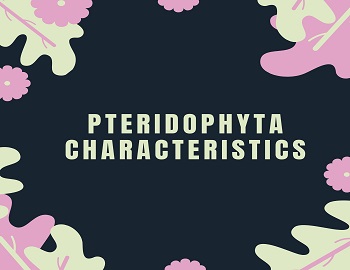
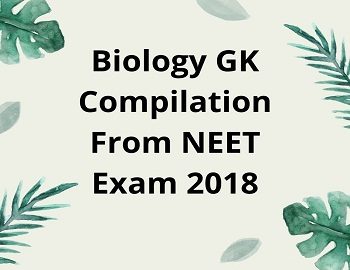
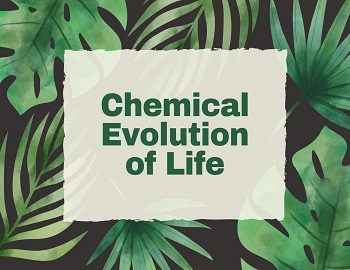

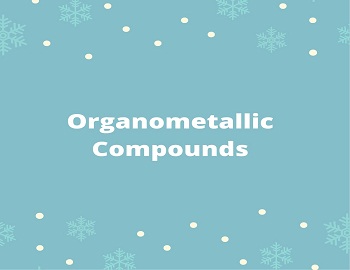
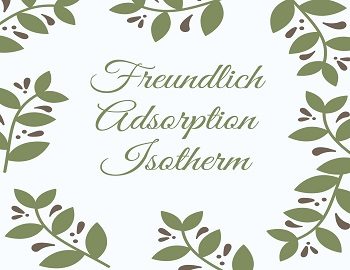
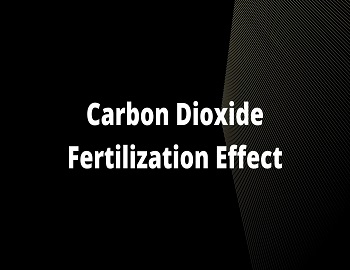
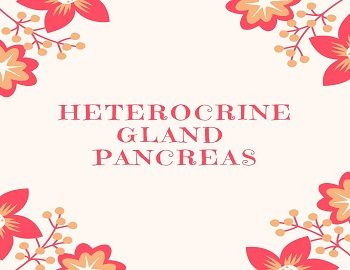
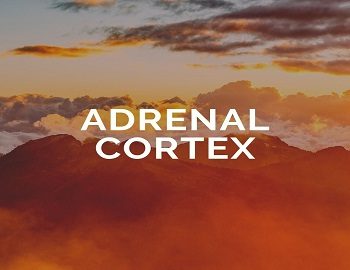
Comments (No)